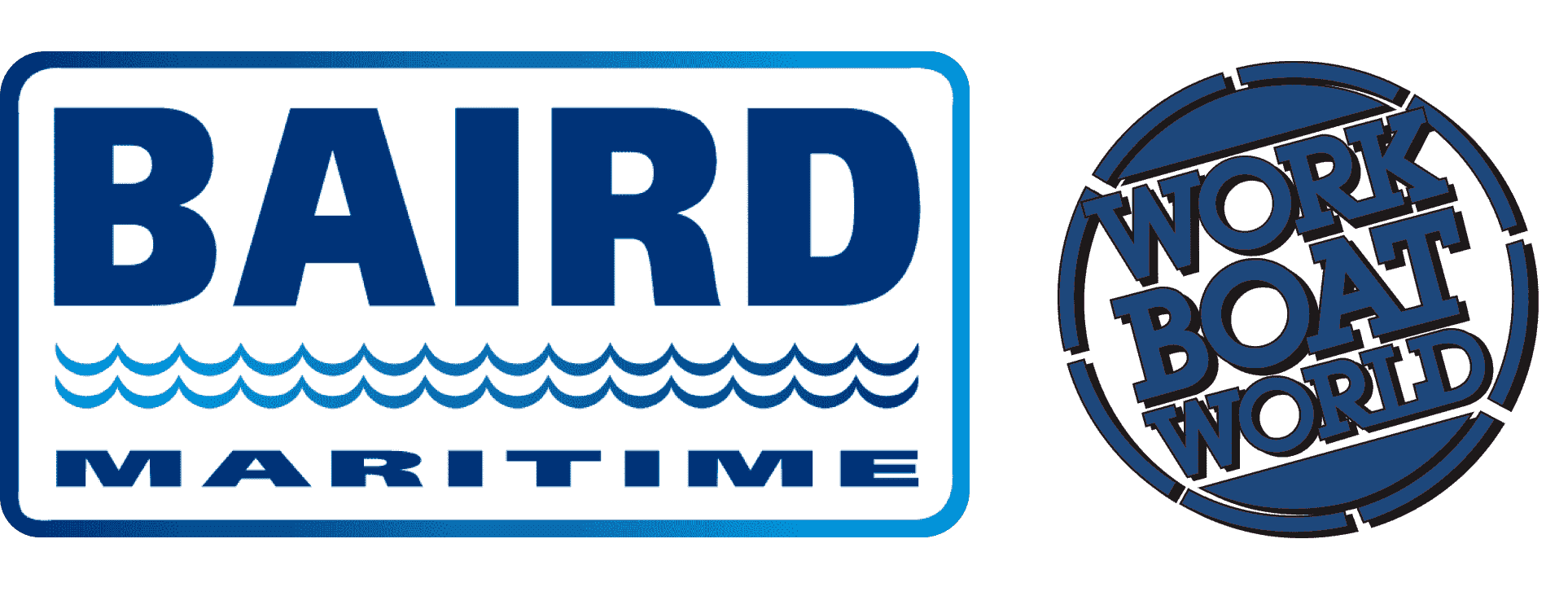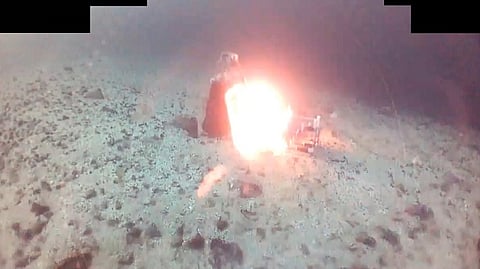VIDEO | UK Defence Ministry trials underwater robot optimised for neutralising unexploded ordnance
The Defence Science and Technology Laboratory (DSTL), an executive agency under the UK Ministry of Defence, has adapted a commercially available remotely operated vehicle (ROV) for dealing with sabotage threats and unexploded ordnance (UXO).
DSTL has incorporated or developed a number of systems to enable the ROV to detect UXOs and remotely place explosive charges to enable safe neutralisation.
A DSTL explosives engineer said the ROV's sensors, tools and cameras will give operators a real time ability to deal with underwater hazards, "in a safe, effective and efficient way."
The engineer said the robot can operate at depths greater than divers can reach, and it can also work there safely for much longer.
The new technology and systems being developed by DSTL will work in partnership with other robots to scan the seabed for hazards and will be able to deal with them once one is spotted.
The robot can be launched from a ship or a shoreline and will be operated remotely, feeding video and sonar images back to the operators. They will then be able to remotely deal with underwater hazards in relative safety.
DSTL said the robot will not normally be destroyed, which means it can be used multiple times.
Trials under the Royal Navy-funded project have taken place at Horsea Island in Portsmouth, Portland Harbour and South Wales in the UK as well as in Norway.


